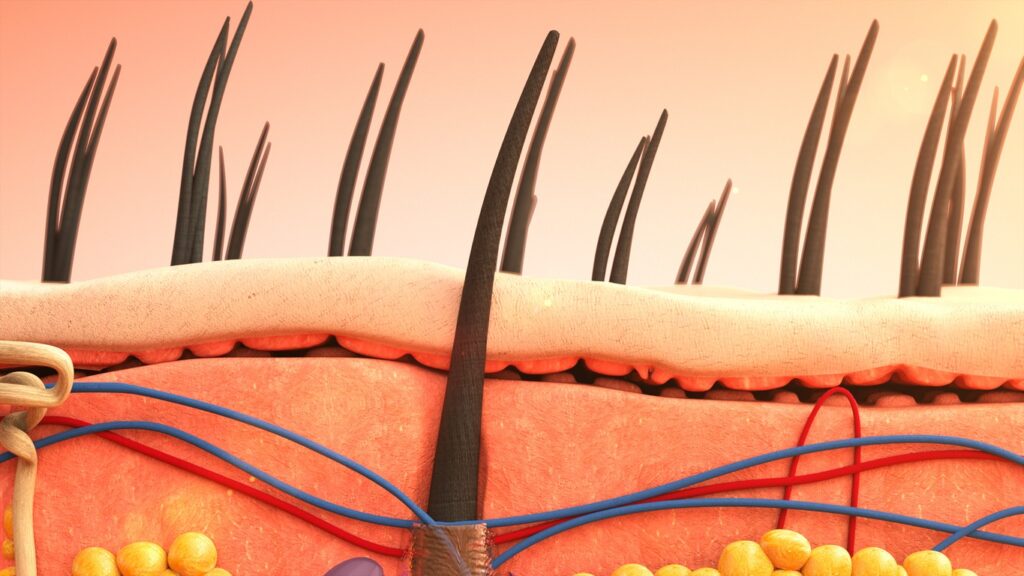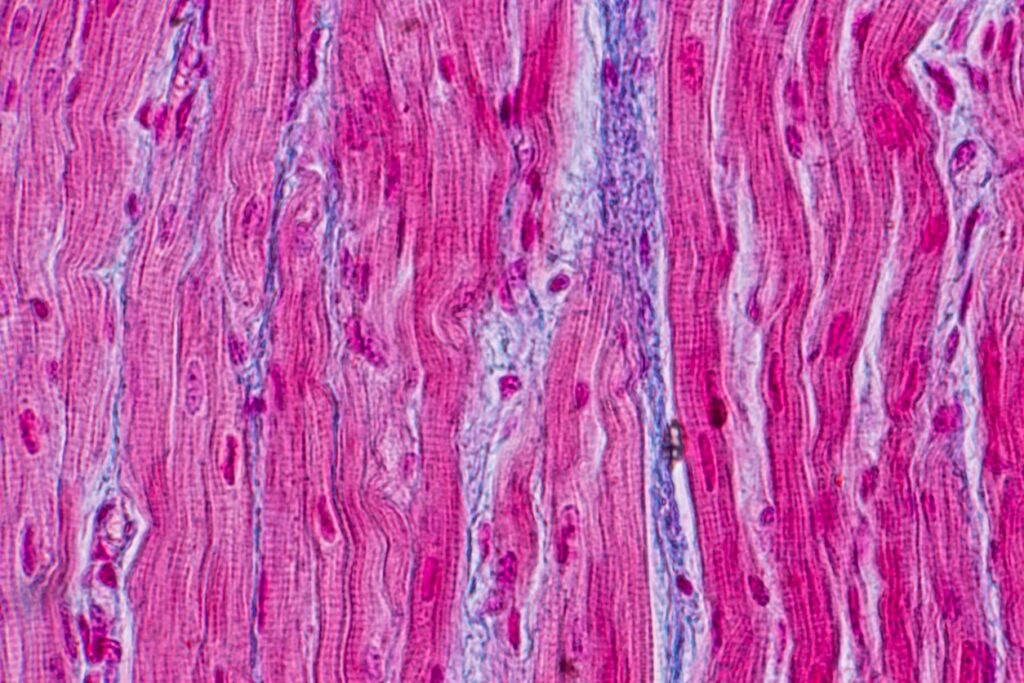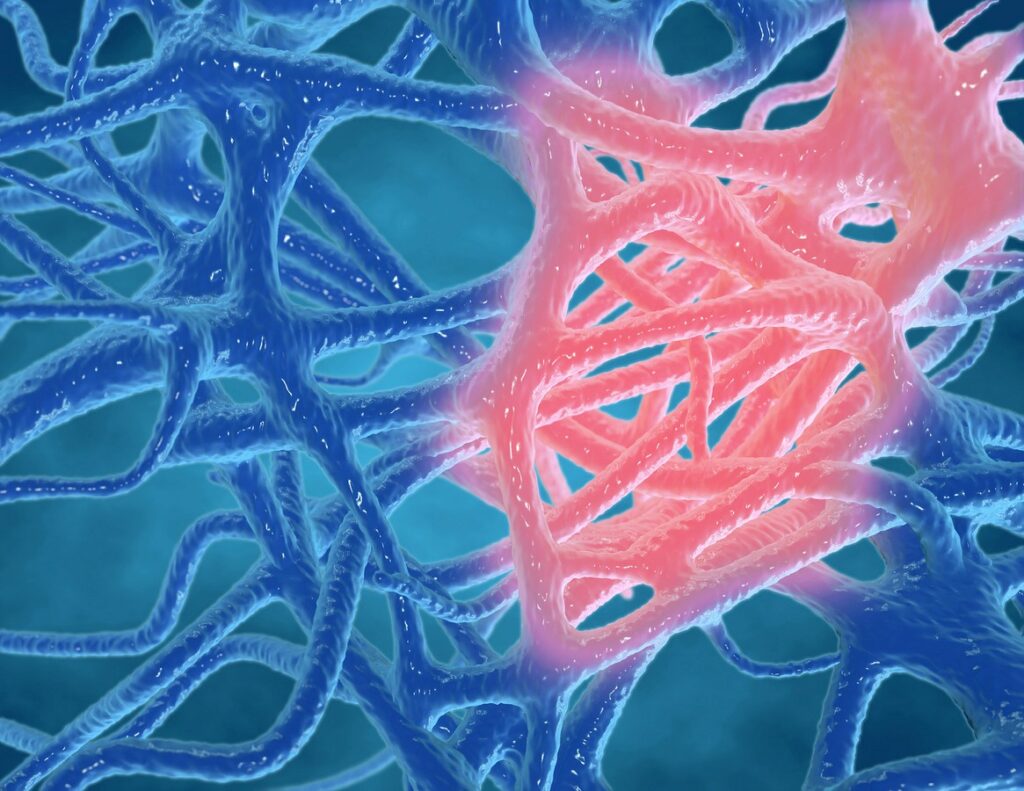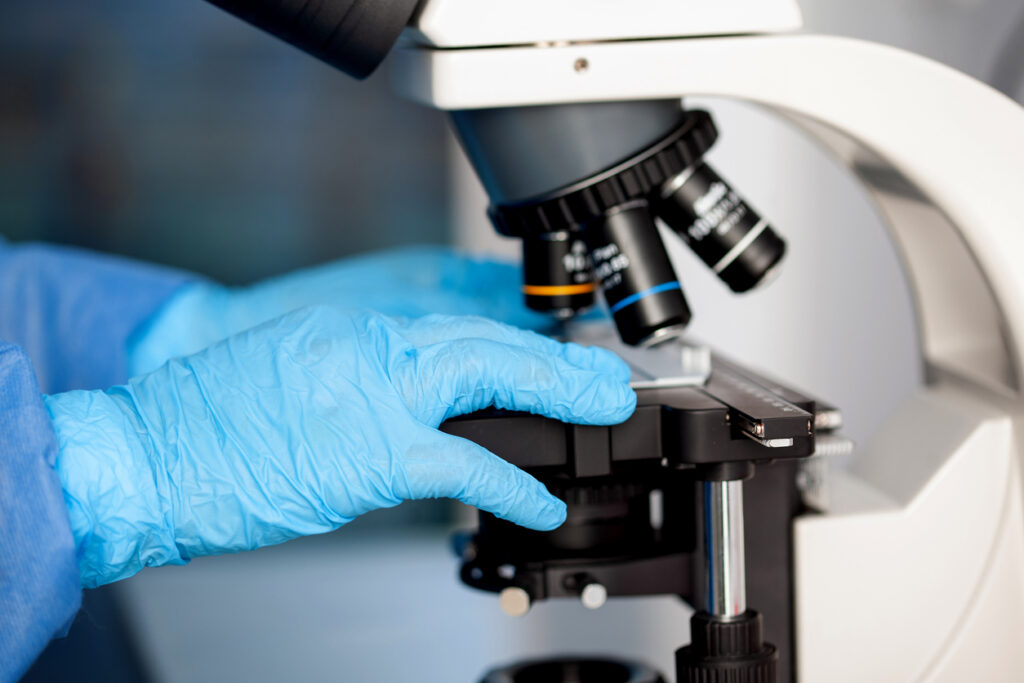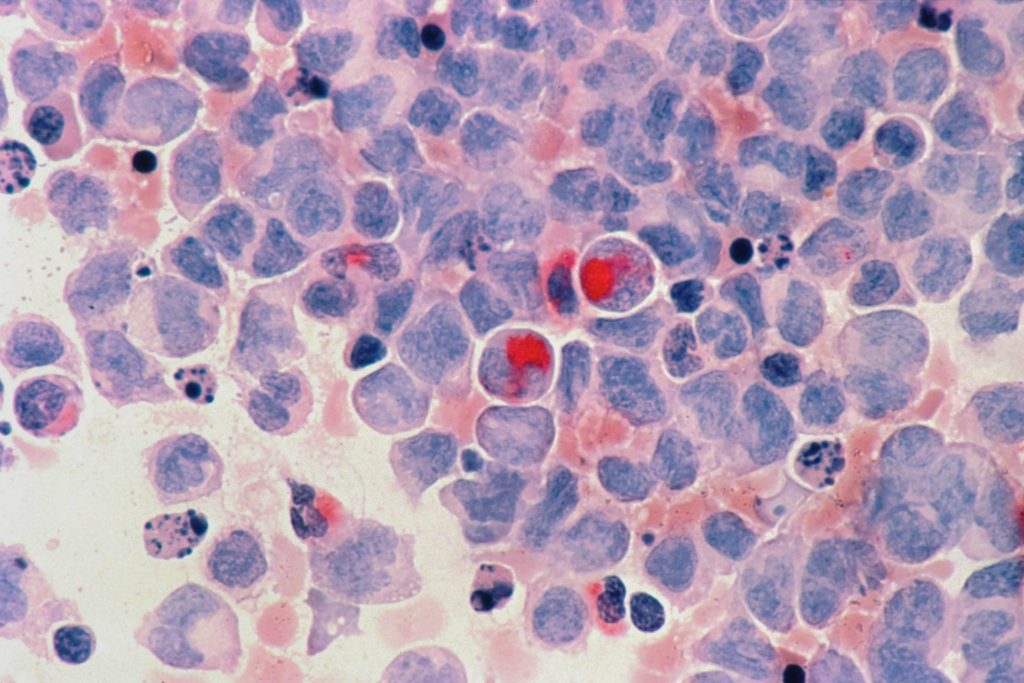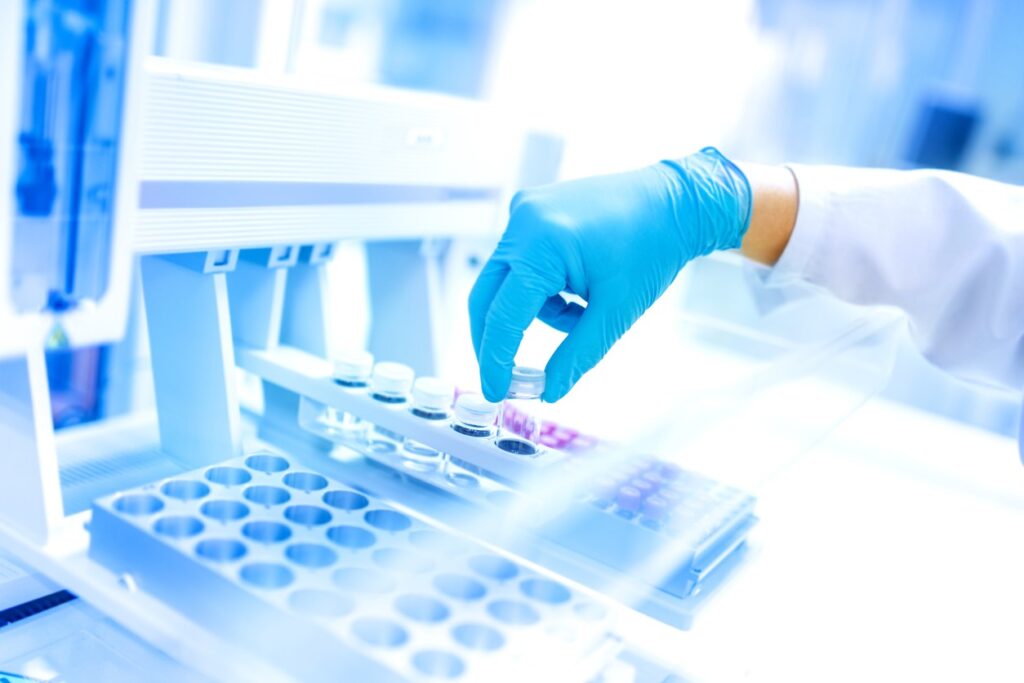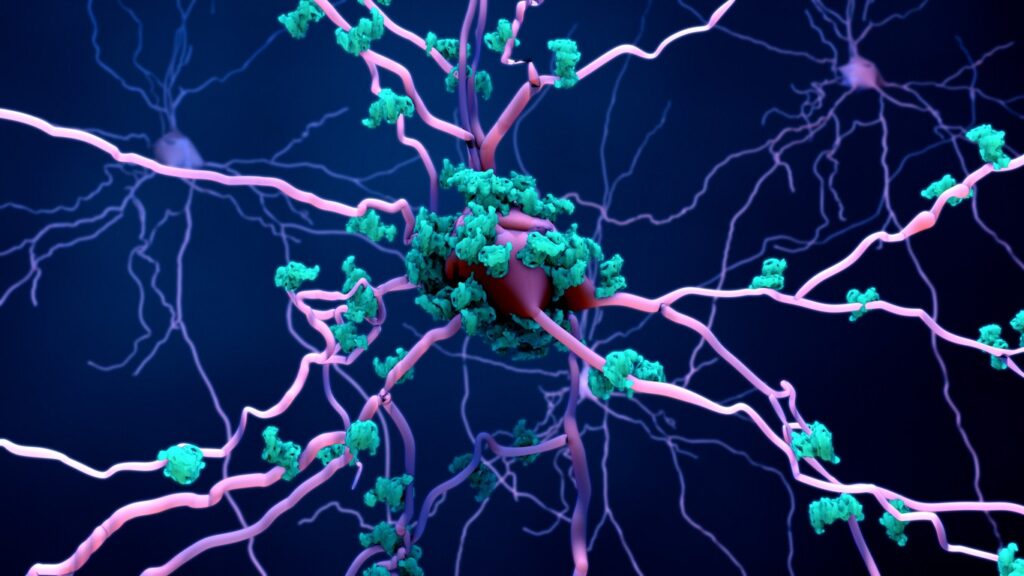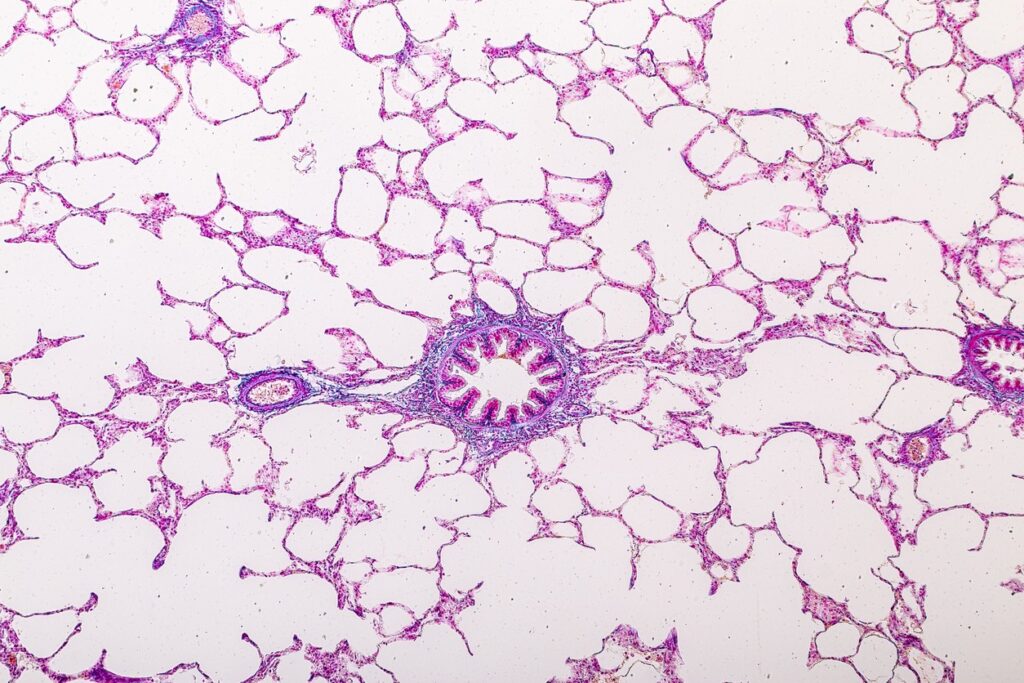Peptide Blog
All articles and shared info are for educational purposes only.
Latest Peptide Articles
PTD-DBM and Research Involving Hair Growth
PTD-DBM peptide has been suggested to promote Wnt/Beta-catenin signaling by inhibiting CXXC5 binding to Disheveled (Dvl), an upstream component of the Wnt/-catenin pathway. Protein Transduction Domain-fused Disheveled Binding Motif (PTD-DBM) is a synthetic peptide that appears to work in conjunction with CXXC5. This hair loss-linked endogenous protein may act as a negative feedback modulator of...
Pegylated MGF and Muscle Development
Pegylated MGF peptide is a slightly modified form of insulin-like growth factor 1. (IGF-1). According to research, the peptide may improve myoblast (muscle cell) differentiation and proliferation. Pegylation is the process by which polyethylene glycol polymer chains are attached or transferred to molecules and macrostructures such as peptides or vesicles. Pegylation may affect derivative interactions, slowing...
GHK Basic Studies in Tissue Degeneration and Inflammation
GHK Basic peptide has two variants: GHK-Cu and GHK. GHK, with or without copper, may potentially affect genes involved in stress response and tissue remodeling. GHK Basic is a naturally occurring tripeptide with the amino acid sequence glycyl-histidyl-lysine found in saliva, urine, and plasma. The natural decrease in endogenous GHK production is considered to be...
Studies of Chonluten Peptide in Protein Synthesis and Inflammation Reduction
Chonluten, also known as tripeptide T-34, is classified as a potential gene expression peptide. According to research, it may be active in lung tissues, with secondary activity in the gastrointestinal tract (GI tract). Chonluten has been suggested to regulate gene expression that encodes antioxidant and anti-inflammatory pathways, specifically in the lungs and GI tract, and in...
Possible Link in Cardiogen Peptide, Fibroblasts, and Tissue Repair
Cardiogen is a bioregulatory peptide that may potentially affect fibroblasts, cells that regulate tissue repair and scar formation. Although the focus of Cardiogen peptide research has previously been on its potential impact within the context of cardiovascular diseases, research suggests that it may modulate fibroblast activities, hence its name. Preliminary Cardiogen studies in mouse models...
PNC-27 Research
PNC-27 peptide is a synthetic compound created for implications in cancer cell research. It is a peptide from the PNC family of investigational proteins designed to target cancerous cells, induce cell necrosis, and leave healthy, normal cells unharmed and intact. PNC-27 consists of an HDM-2 binding domain similar to p53 residues 12-26 and a transmembrane-penetrating...
The Potential Function of Kisspeptin-10
According to research and studies, Kisspeptin is a naturally occurring protein known as metastin that may play a vital role in reproductive hormone secretion. Kisspeptin-10 peptide is suggested to regulate testosterone levels and reproductive behaviors. The peptide has also been hypothesized to influence hormone signaling which may influence mood and behavior, and has also been...
Selank Studies in Anxiety and Brain Function
Selank is a short peptide with anxiolytic and nootropic potential, structurally similar to the naturally occurring Tuftsin. Tuftsin is a tetrapeptide that appears to stimulate the immune system. T helper cells, monoamine neurotransmitters, IL-6, and brain-derived neurotrophic factors all appear to be regulated by it (BDNF). Selank peptide only differs from Tuftsin by an extra...
Sermorelin & Ipamorelin Blend: Potential Analogues of Growth Hormone
Ipamorelin & Sermorelin Blend Researchers suggest that endogenous growth hormone production may increase under the influence of Ipamorelin and Sermorelin in animal research models. It is hypothesized that Sermorelin may exhibit different mechanisms of action in the pituitary gland than Ipamorelin. As a result, a higher growth hormone level may be obtained upon combinatorial...

